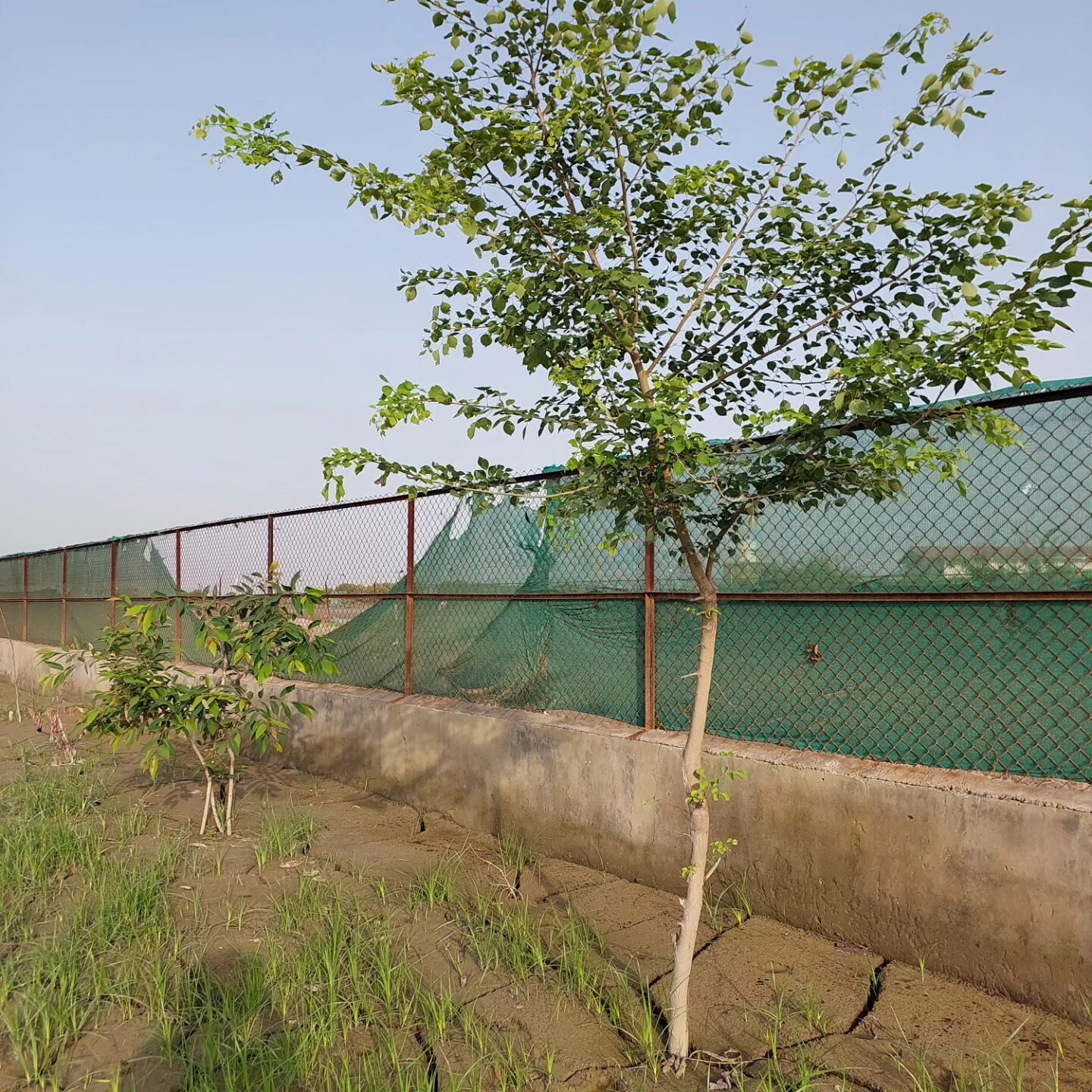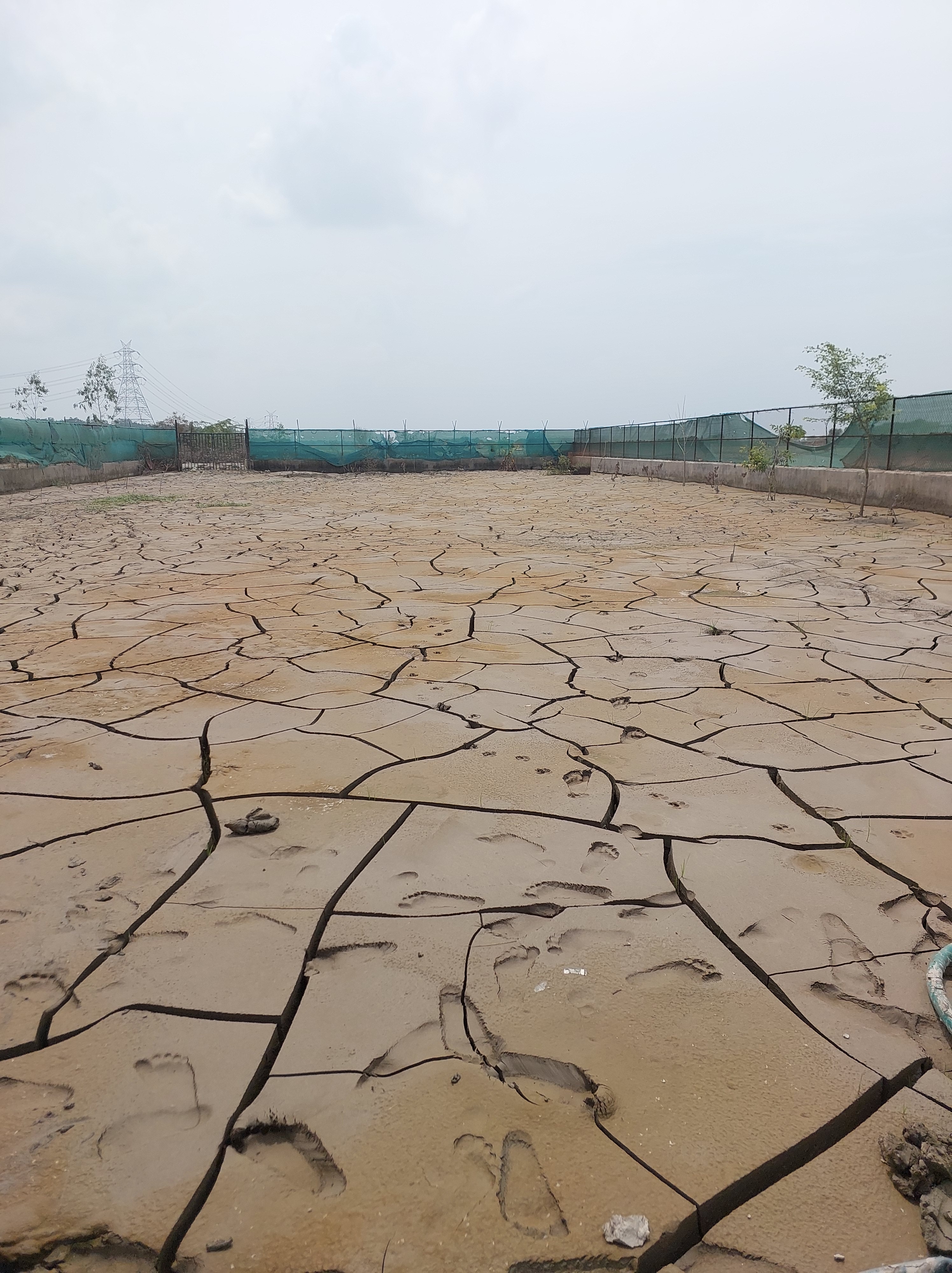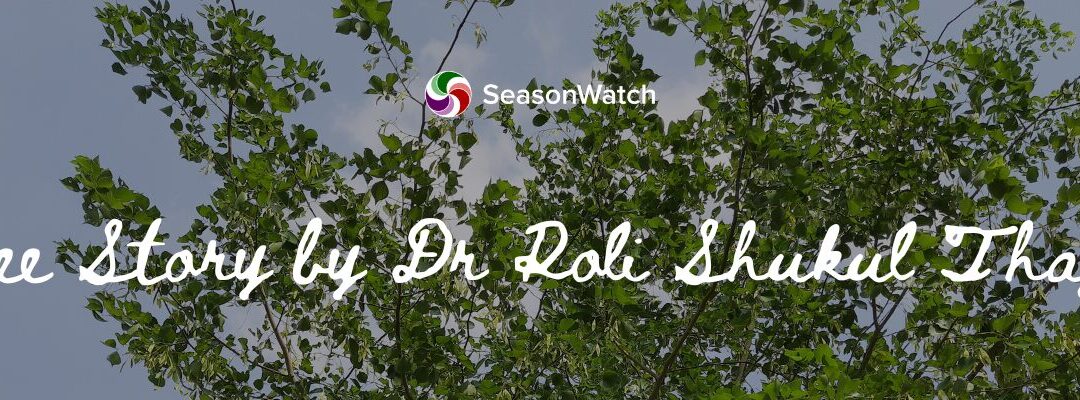Back in 2021, when I was taking my first tentative steps towards living a life more rooted in the Yamuna floodplains, I undertook a plantation on the land I had recently come to steward. This first plantation consisted mainly of pioneer trees on the then barren half-acre patch, in the hope that these pioneers would set in place the basic structure to build an ecosystem- A Food Forest called VidyaVan. Among these first 200 Pioneers was a Sheesham. I planted the two-foot-high sapling on the western boundary of VidyaVan, hoping she would soon claim her place in the skies and build a canopy shading my fledgling piece of Eden. She was neighbours with a Kosam and a Jamun, another canopy-level tree of my bioregion. As time marched on, I was thrilled to see her bring out light green foliage, which swiftly changed into a deep dark green. She burst into delicate bloom just as spring came; There was always the busy buzz on her blooms, which transformed into ethereally fluttering pods. In that first year, she sprang to six feet, just above my eye level.

As the seasons changed, Lady Sheesham kept gaining stature. Her growth was spellbindingly unique; while the Kosam and Moringa shot straight up, Lady Sheesham, her friend Miss Jamun, twistedly grew to their own melody. Jamun chose a gentle sway, and Lady Sheesham pretzeled! While some might have found her twisting ways very untree like I found them delightful.
Then, on a particularly hot day in May of 2023, came a storm that split wide open a luxuriant low low-hanging branch of Lady Sheesham and, in the process, exposed a gaping wound in her trunk. I fretted over the loss as she was already special to me; We made a mud pack to cover her wound and faithfully mulched the fallen branch at her feet. I was much relieved and proud to see her march through that first setback.
Many pest attacks came, and as I bathed the toot, guava, currypatta, lemon and other afflicted trees in bioenzyme and buttermilk to get rid of the pestilence, I always said a prayer for my young trees, especially Sheesham. Not once did I see her leaves curl or pale in dismay as pest party after pest party started and was quashed around her. She remained bright, beautiful, luxuriant and cherry.
She had also emerged as a key socialite on the farm, playing host to many a squirrel, bee, and bee-eater party. Whenever I stopped to chat, she would be hosting an ant march, a bug bash or a butterfly soiree.
Then came the big flood of 2023 Monsoon. By then, Lady Sheesham was a majestic 20 feet. As the barrages were opened to give some respite, upstream Yamuna claimed what was hers, my VidyaVan. The flood was brutal on the floodplains- Five feet of water stood for a full eight weeks. A traumatic time as I saw five hundred young saplings on my half-acre of land that I had lovingly nurtured for 2 years die. Through this hour of grief, Lady Sheesham kept standing with 19 more riparian-minded brave ones.
Lady Sheesham After the Flood
As the flood water receded, it left behind more than a foot of clayey alluvial soil, and a trail of pain and loss- the skeletons of my many tree friends, some almost 20 feet high. Through this time of trauma and loss, the survivor trees gave me much courage and hope, and as always, Lady Sheesham was the chief cheerleader as she gently encouraged me to understand what the wise and mighty river had said and grow again.
Today, Lady Sheesham stands a majestic 30 feet, gently leaning on VidyaVan’s west wall, a beacon of courage, beauty, resilience and hope.

About the author: Dr Roli Shukul Thapar is an HR professional by training, a Doctorate in Human Resources by education and an Urban Farmer by choice. She is a keen Dendrophile and mother to one heterotroph and many autotrophs. Her foremost goal is to produce no waste and live a life low on consumption.





